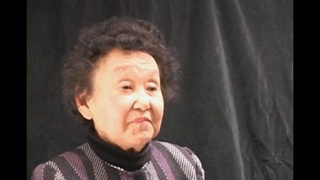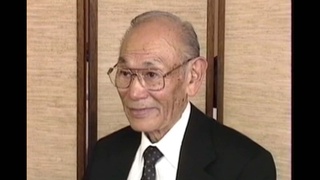Interviews
Evacuation
We could take... I believe it was sixty pounds. We couldn't take very much, just few clothing and whatever we could carry. And everybody was buying up the duffle bags, and we had to make our own because they were all sold out. And I remember when we had to go down to Kent and board the train... or was it Renton? I'm not sure, maybe it was Renton. But anyhow, my sister was still behind, staying behind. She and I remember the Seiki boy, Tol Seiki, they went down, came down to see us off.
Everybody was piling their things up, and it was just a terrible sight. Like a bunch of refugees, they looked totally lost, nobody knew what was happening, and there were soldiers all around. And we were assigned places on the train, and you just followed what they told you to do, and it was sort of like a dream. Can't hardly believe that was happening. And the kids kept saying, Why do we have to do this? and, Why do we have to do that? And the soldiers would just direct us to the train, and they'd say, Well, this is your seat, now, you stay here day and night.
Date: September 15-17, 2004
Location: Washington, US
Interviewer: Alice Ito
Contributed by: Denshō: The Japanese American Legacy Project.









